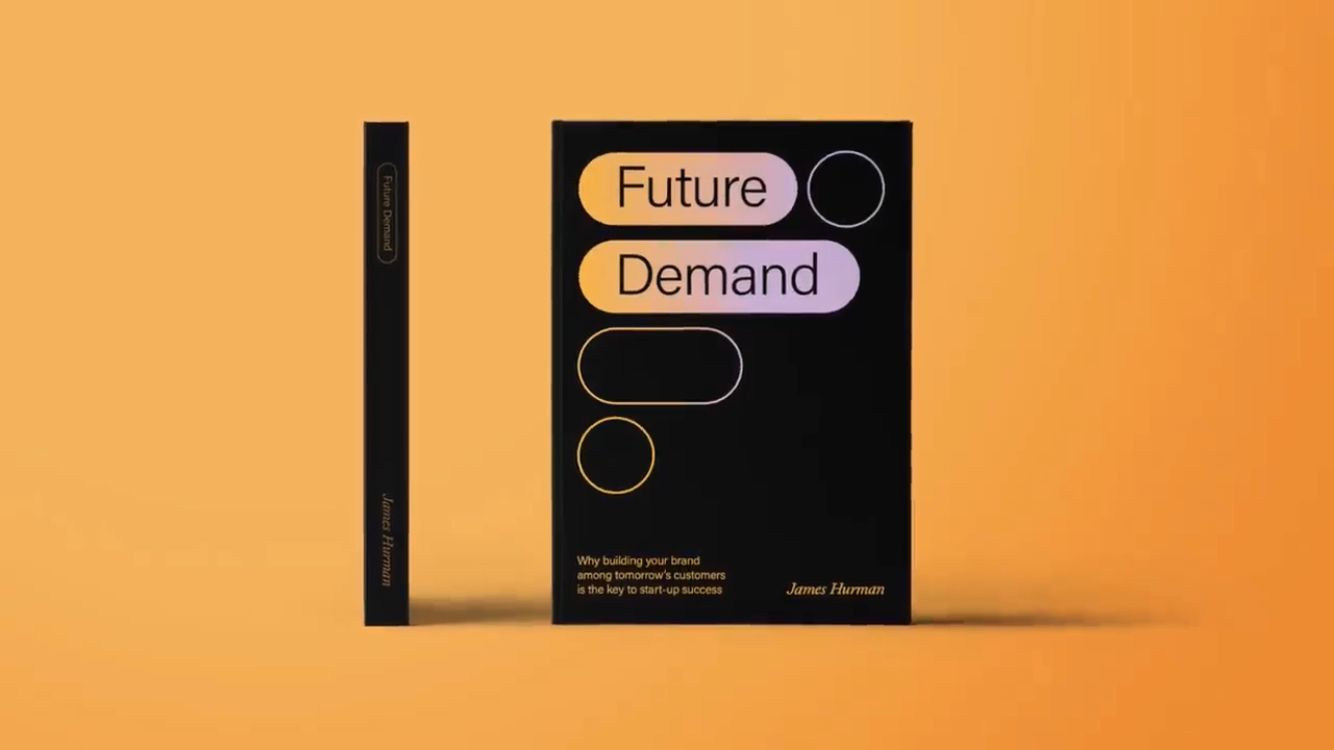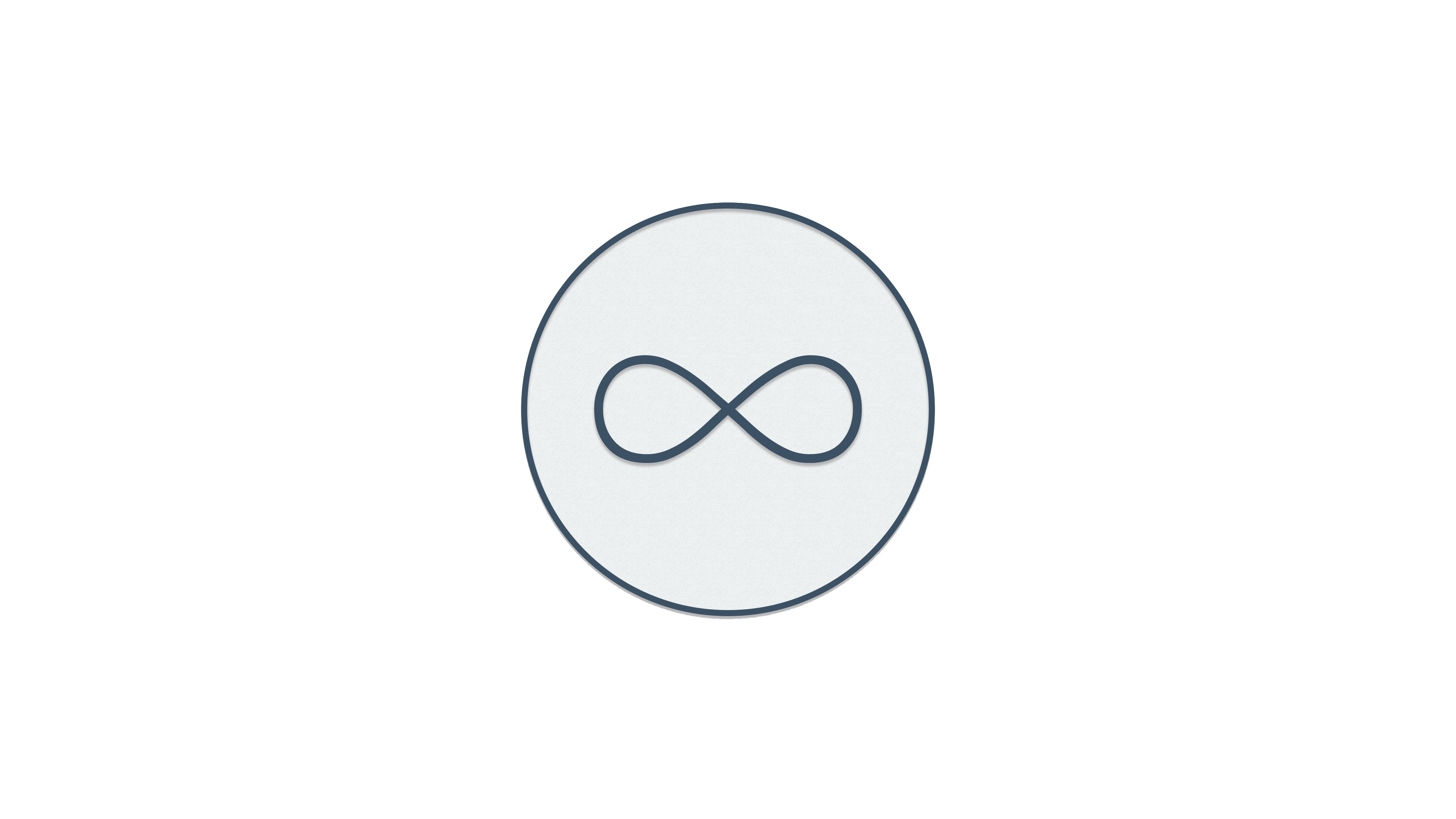Future Demand, Part 6, Brand Building
The most important recent work explaining demand generation.

You might wonder whether all this brand talk applies to your business? How is Nike or Apple's marketing relevant—in any way what whatsoever—to your day-to-day reality?
To answer these questions we turn to Chapter 6 of James Hurman's book, Future Demand, how to build a brand at different stages of a business' life. This chapter identifies three growth stages, all with defining characteristics, and all with very distinct brand marketing requirements.
1. Startups
Hurman argues from his experience as both a founder and investor in startups, that product-centric marketing is most appropriate at this stage of a company's life.
Startup stage characteristics
The five business and product characteristics at this stage: the business has no brand awareness, the market doesn't understand the product, the product does however have high levels of differentiation, innovation is the differentiator, and the target market is focused very tightly on early adopters.
Startup stage marketing is product-centric
- Make a great first impression – present the product and company to the customer in a way they can clearly understand it – and begin to like and trust it
- Make it super clear what the product is and does – focus on the 'what'
- Create visual identity, personality and messaging that work together and don't confuse the customer
- Simplicity is king – you have a few moments to put a foot in the door
- Malleable messaging to help find most powerful proposition
2. Scaleups
As you'll see in the characteristics below, your brand needs to switch from being ‘product-centric’ to ‘value-proposition-centric.’ Your marketing focus shifts from product differentiation to focusing on the unique benefits delivered, rather than simply 'what it is.'
Scaleup stage characteristics
The five business and product characteristics at this stage: the business has low brand awareness, the market has some product understanding, the product is becmoming differentiated, value proposition (rather than product innovation) is the differentiator, and the business is broadening its customer targeting.
Scaleup stage marketing is value-centric
- Begin to use brand as a competitive advantage
- Formalise early learnings into a winning value proposition – focus on the 'how'
- Inspire trust in quality and track record
- Update visual identity, personality and messaging to build on early learnings
- Stand out in the category
- Consistent messaging to embed value proposition
3. Mature brand
Mature brands are the companies mentioned in the opening paragraph. Nike, Apple, airbnb, and the hundreds of other global brands. According to Hurman:
This is the time when brand becomes our key differentiator. We move from being ‘value proposition-centric’ to being ‘emotional positioning-centric’. That is, we acknowledge that there’s very limited ‘blue ocean’ for any value proposition to stand out as massively unique, and need customers to choose us simply because they feel more emotionally close to us.
Mature brand characteristics
The five business and product characteristics at this stage: high brand awareness, ubiquitous product understanding, low product differentiation caused by many lookalikes in the market, brand is now the differentiator, marketing needs to reach a mass, main stream brand audience.
Mature brand marketing is emotional positioning-centric
- Use brand as key differentiation
- Leverage familiarity and trust
- Forge a bond with the brand - focus on the 'why'
- Nail down visual identity and personality
- Consistent positioning to embed brand - with constant reinvention of creative messaging
Part Six, Takeaway
- Effective brand building differs in a few key ways, depending on the lifestage of a business.
- These ‘centres of gravity’ are not exclusive — all brands need a sense of their what, how and why — and to communicate those things from time to time. But different stages mean we need to shift primary emphasis as we go.
Chapter six brings together many of the concepts presented earlier in the book. From the marketing laws of mental and physical availability (Sharp/Romaniuk), the importance of emotion in marketing messaging, and the business case for investing in long-term brand building (Binet/Field).
I encourage everyone to read James' book Future Demand to understand how these concepts are not only relevant to your business but also a competitive advantage if you action them.
Part Six, Listen
James generously released the audiobook as a podcast, available on most popular streaming platforms.
Purchase Future Demand
No affiliate links, straight from the source: direct from James; Kindle.
